Tom Dube wears a lot of different hats. He has worked as a producer, engineer, mixer, tour manager, videographer, photographer and nanny. Tom has produced, co-produced and engineered records by Catie Curtis, Richard Thompson, David Bowie/Tin Machine, Morphine, Session Americana, Twinemen, Mark Sandman, Scarce, Reeves Gabrel, Martin Sexton, Juliana Hatfield and countless others. In addition, Tom has worked on many tours as a soundman, tour manager and live sound recordist, with artists such as Aimee Mann, Suzanne Vega, Buffalo Tom, Bettie Serveert, Ivy, Ben Kweller, the Blake Babies, Dar Williams, Catie Curtis, Patty Larkin and many others. Tom and I met up at Hi-N- Dry Studio in Cambridge, MA, a place revered for its warm sound, good vibes and the inspiring creative legacy left by the studio's late founder, Mark Sandman, of the Boston bands Treat Her Right and Morphine. Sandman created Hi-N-Dry in a spacious, open loft on the fifth floor of an otherwise nondescript brick industrial building in an urban neighborhood. Sandman's spirit and presence live on at Hi-N-Dry. A vibrant and flourishing community of artists, producers and engineers connected in some way to Sandman, whether as friends, band mates, collaborators or members of groups influenced by Morphine, has developed in and around Hi-N-Dry. Hi-N-Dry now includes a record label that releases recordings made at the studio, including a new collection of Sandman's solo recordings entitled Sandbox, gleaned from the vast body of work that he left behind. Tom Dube has become one of a small group of talented and laid back house engineers and producers who work here on a regular basis. In addition, Tom has his own studio called Playtime, where he does a lot of what he calls "pre-mixing." Tom and I happened to sit down to chat in the Hi-N-Dry kitchen on a day when former Morphine members Dana Colley and Billy Conway were working on a Twinemen recording, one of their many current musical projects.
Could you talk a little bit about Playtime?
Playtime was an idea I had for a recording studio many, many years ago when I first got into recording. You want to be a singer/songwriter, and you just go buy a tape machine to start recording what you're trying to do, and the next thing you know, in your free time, you record somebody else. And therein lays a whole new joy — in helping people get their ideas on tape. I moved to Portland, Maine for a year and rented out the first floor of a house. I got permission to use this room in the basement, which was directly underneath my living room, and it was big enough to put a live band in. So for a year I recorded basically every new wave or punk band in Portland, Maine. Right about the time I'd kind of worked with everybody that was pretty cool and kind of happening in Portland, some of the things that I'd been working on were starting to get noticed in Boston. So it was recommended that I get down there as quickly as possible and form a band. At this point I'd moved up to a 1/2" 8-track machine, so we had quite a bit of flexibility and fidelity for the time. So I moved to Boston and basically just jumped in. I worked for a little while selling recording equipment, managing a stage in a rock club. The next thing I knew I got asked to go out on my very first tour as a soundman and tour manager. I think it was about 1989. I moved in with a girl I was seeing who lived in a loft down in South Boston, and it immediately hit me that this was the place to set up a real studio — in other words, have two rooms and really have a control room for a change, as opposed to a phenomenon where we all sit together amidst the gear. I had that for almost fifteen years. Towards the end Playtime was really pretty developed; the technology was coming along, the first computer happened in the latter part of the '90s and digital interfaces . . . And then unfortunately the building was sold-I had to move out at the end of 2003.So I lost a great deal of my investment. I had built out in this building for my recording studio, and it was just impossible to take everything with me — hardwood floors that had been refinished, all the drywall, etc. But we pulled what we could and much of it is here at Hi- N-Dry now: the sliding glass doors that you see separating the tracking room from the offices came from my studio; the drum risers came from my studio — so part of Playtime kind of lives on here at Hi-N-Dry.
What have you been recording recently?
I've been doing live recording for quite a while, kind of starting with Richard Thompson. In about 1994 I started doing multitrack work on the road and began to amass an arsenal of remote recording gear, which includes splitters, where every element onstage, every microphone or direct box can be split between my recording system and the house PA. That way I have control over the individual elements in the same way you would in a recording studio. And beyond that I've amassed an array of mic preamps — I probably have about thirty mic pres that can go out on the road. And each would then apply itself to one of the elements onstage. There are various mediums for the road: the [AKG] D88s that I used to use are kind of in retirement now. I have an Alesis hard disk recorder that records 24 tracks quite well, an HD24 — and it's remarkably reliable. So lately I have been recording not only Richard Thompson, but I've also done live albums for Marc Cohn, Suzanne Vega, Juliana Hatfield, Dar Williams and Dennis Brennan. In terms of proper session work, I engineered and mixed a record for Cormac McCarthy, who is a fairly well-known local folkie. Via my work with Cormac, I got...
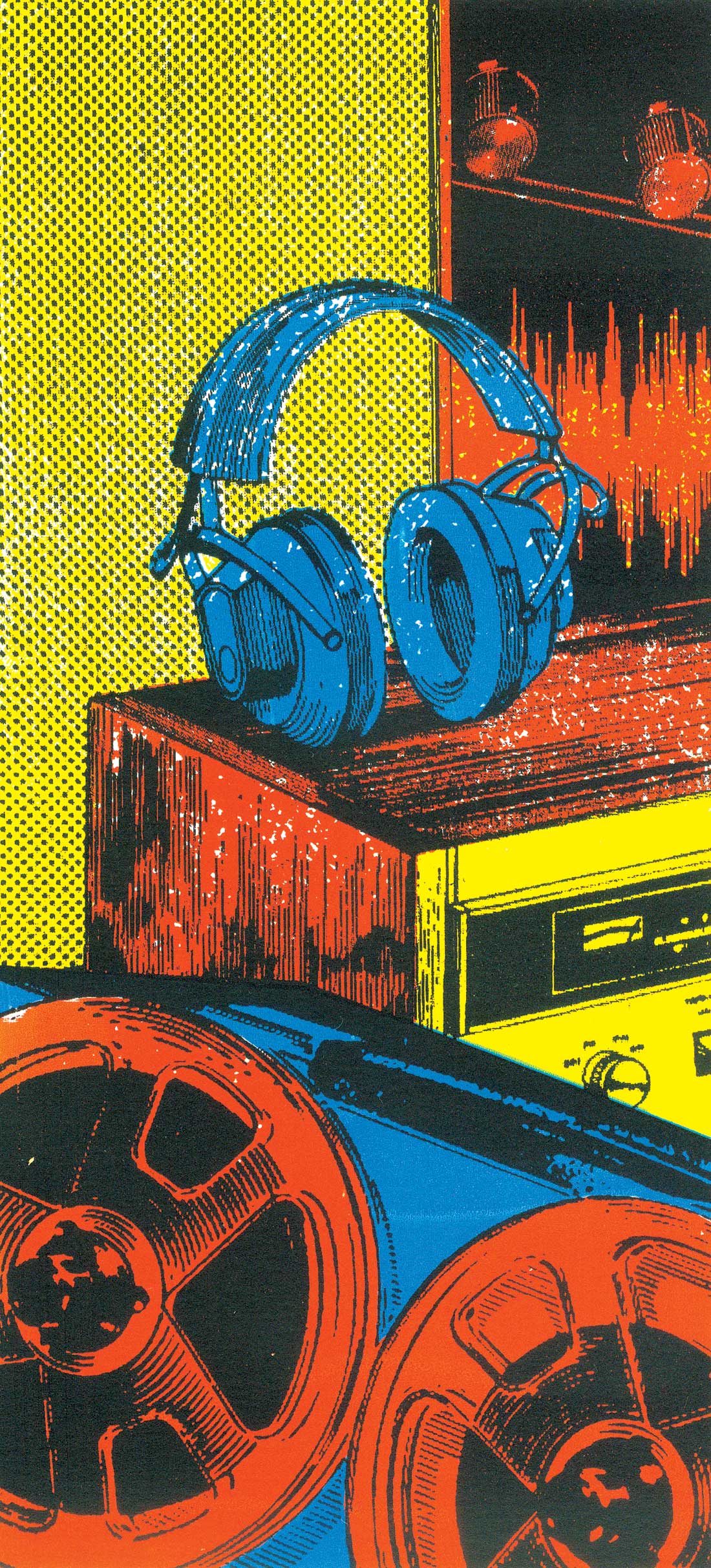

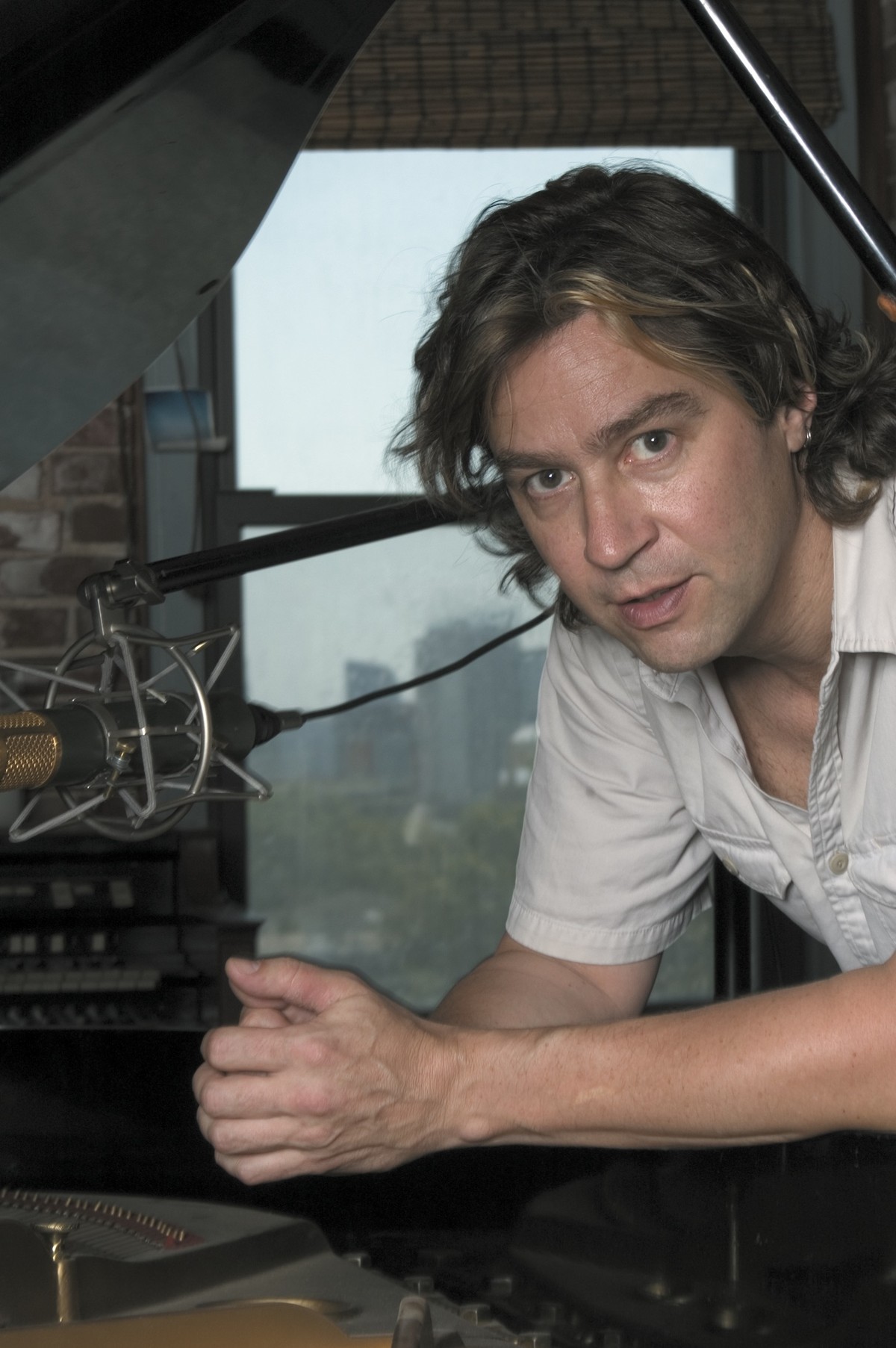
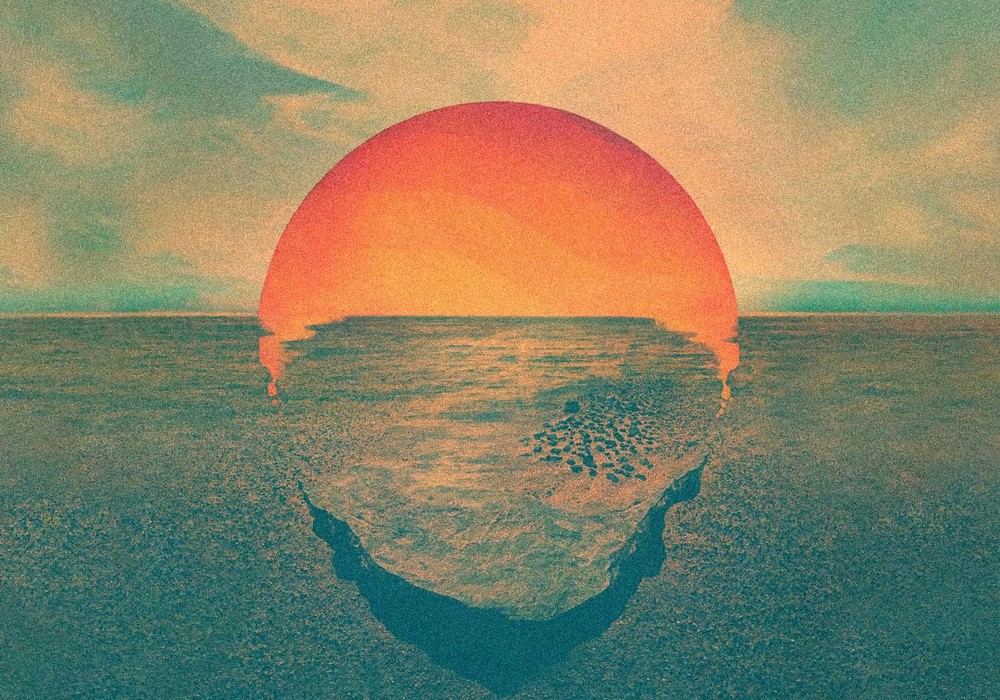
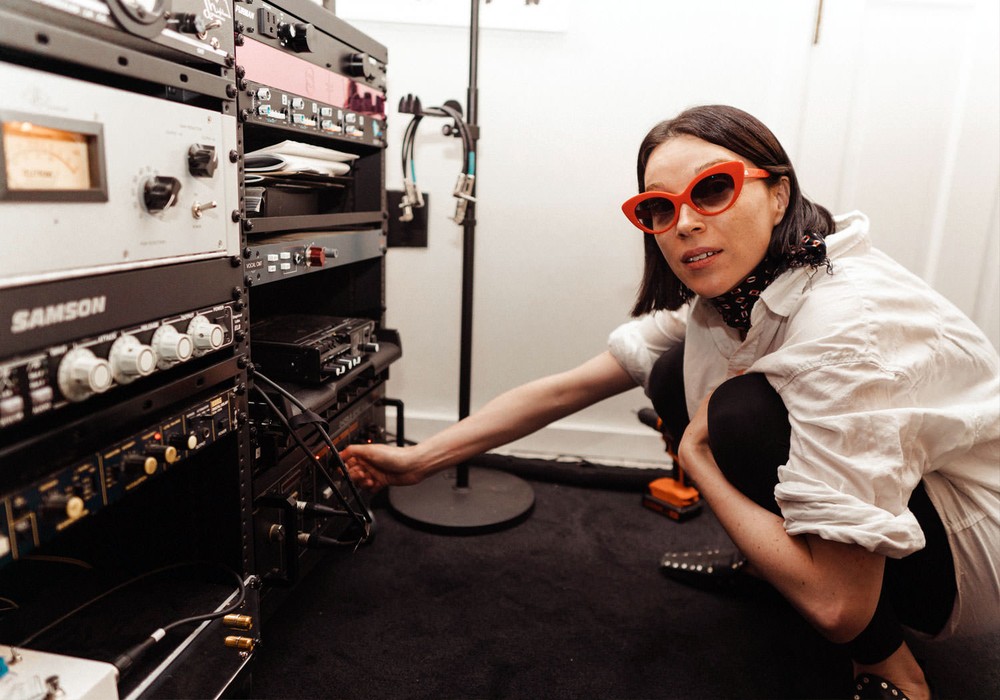
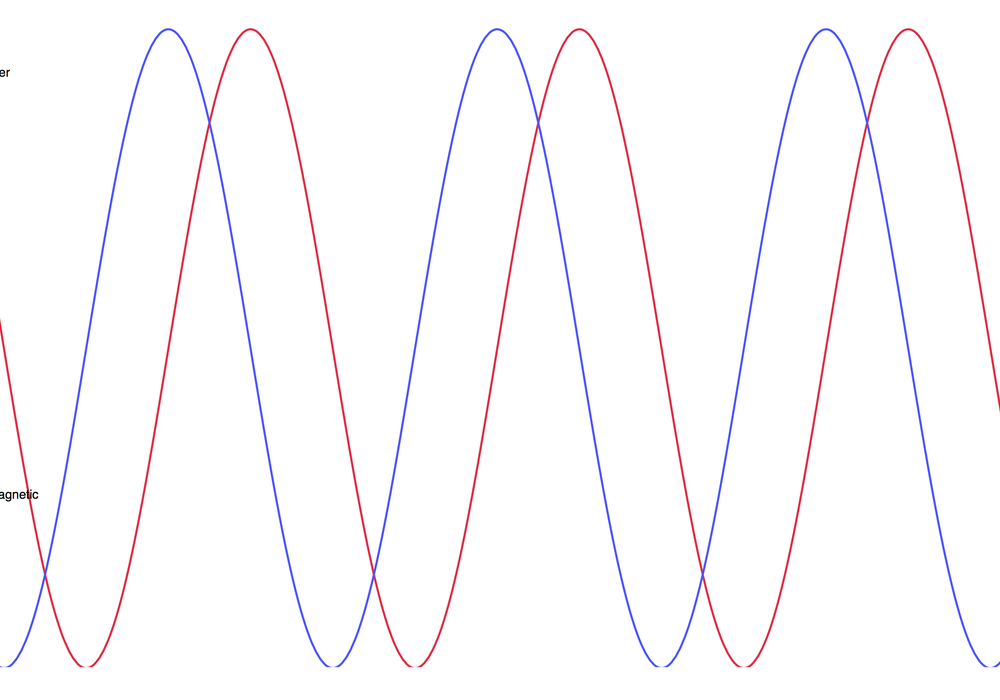
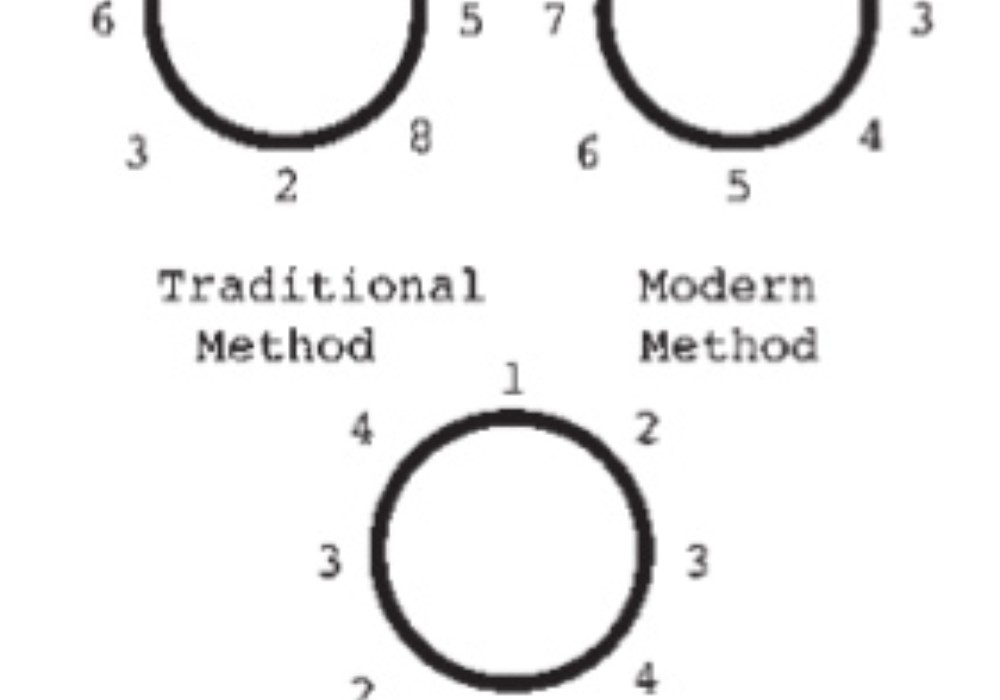
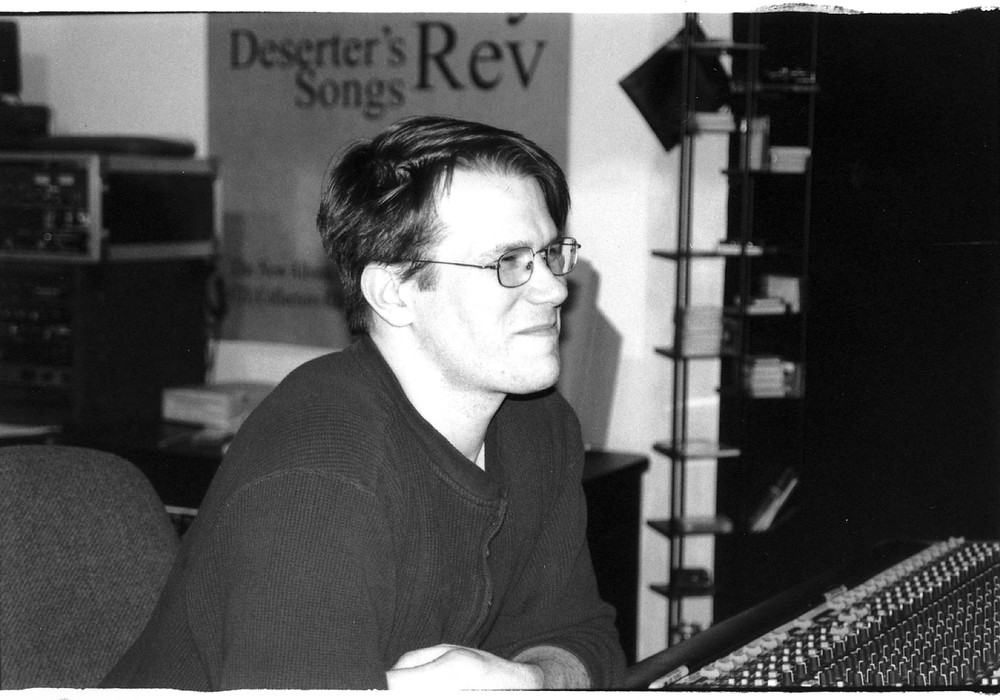
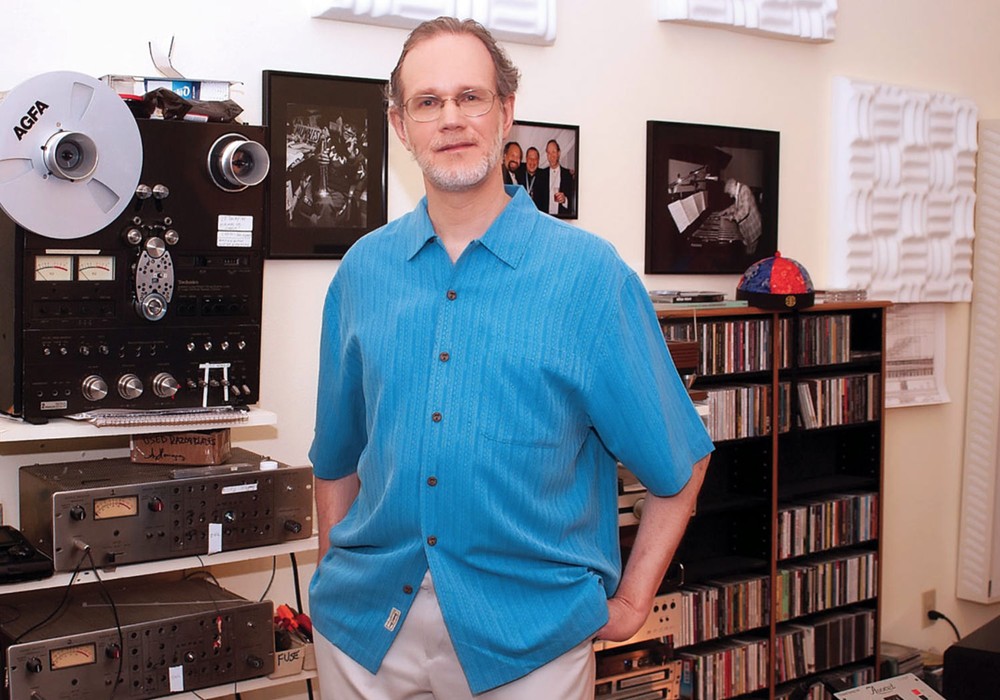
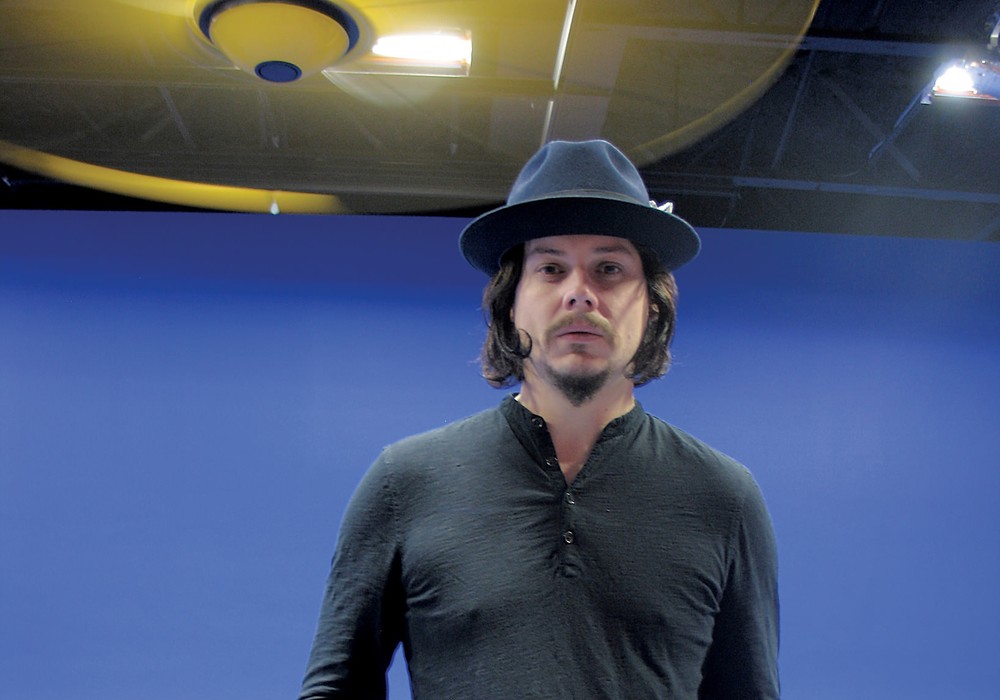
_display_horizontal.jpg)